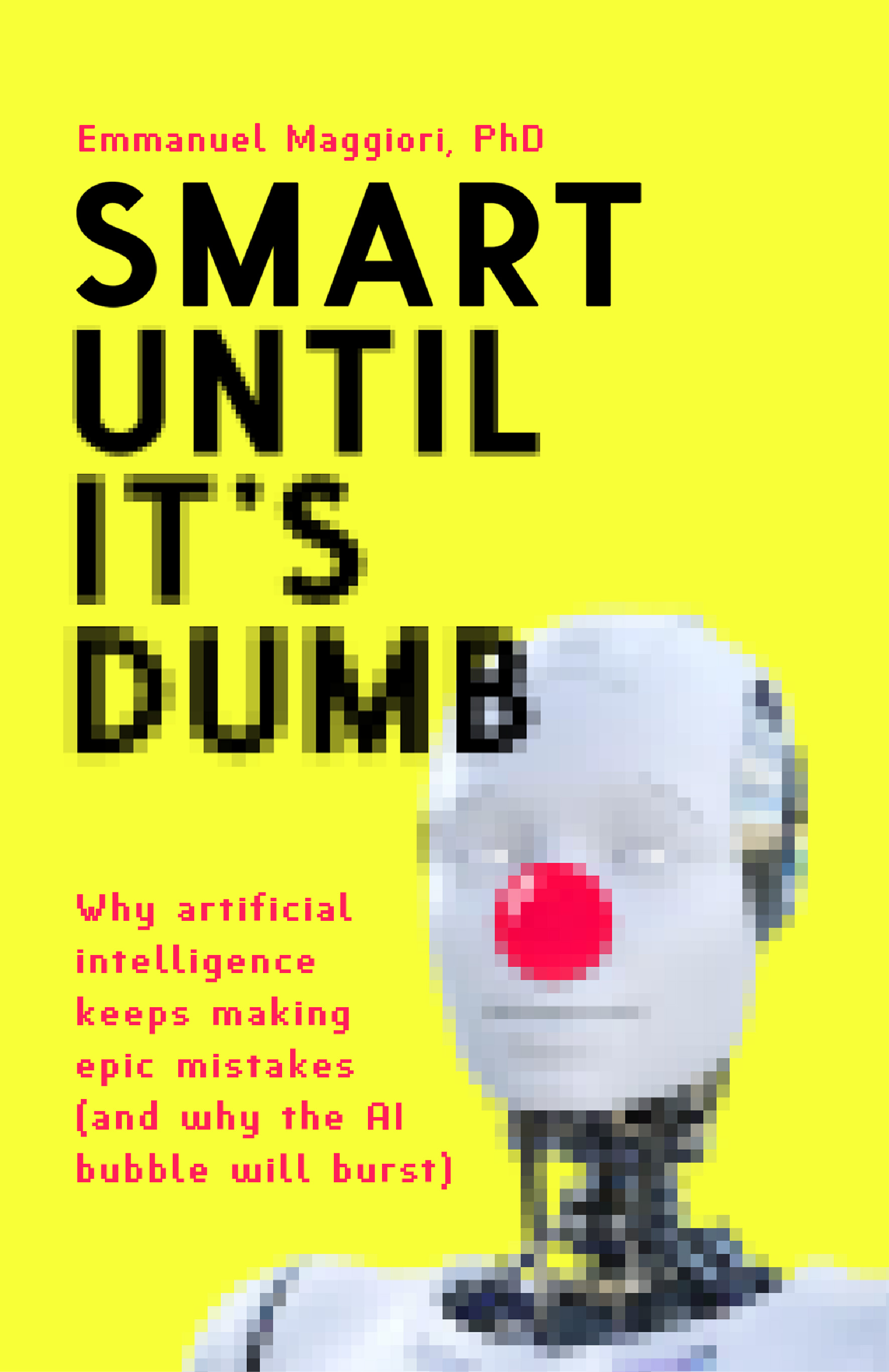What do you think?
Rate this book


130 pages, Kindle Edition
Published February 20, 2023
There must be an explanation for this frenzy, a reason why everyone tries to push AI everywhere. I think one of the main reasons is that saying you’re working on AI is a great way of raising funding from private investors and the government with a low level of accountability."
"The idea behind machine learning is that, instead of manually writing every detail of the computer program, the practitioner decides its general shape (the template) and lets the computer automatically fill in the blanks in a useful way."
"Machine learning is not carried out by giving all the data we have to the machine and letting it learn anything it wants. As we’ve seen, giving the computer that much freedom would be highly ineffective for building useful software. As we’ll discuss later on, this holds true even with the most advanced AI built to date."
"To reach AGI, computers would have to match human performance in the most challenging tasks, including language comprehension. As we’ve seen throughout this chapter, machine learning, which is currently the highest-performing type of AI, does not accomplish that. So, the missing piece to reach AGI is not just some practical limitation, say, that computers aren’t fast enough or that we don’t have enough data. Faster computers or more data might be necessary, but they wouldn’t be enough. In order to reach AGI, someone would need to discover a new, unprecedented methodology, since machine learning as it is today falls short. So, what AGI requires is innovation."
"No one knows how to overcome these issues. So, we would need innovation— the discovery of a new methodology—to make the next jump forward. But we cannot predict when innovation will happen. And the fact that innovation has happened recently doesn’t necessarily mean that the next
breakthrough is coming soon."